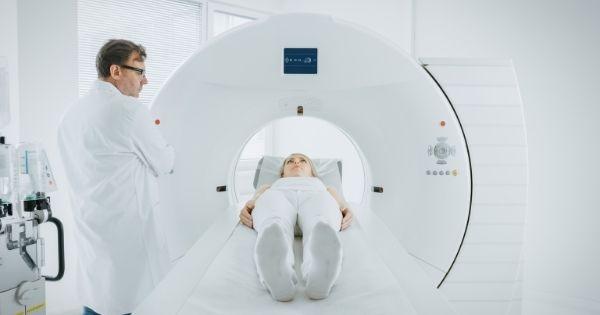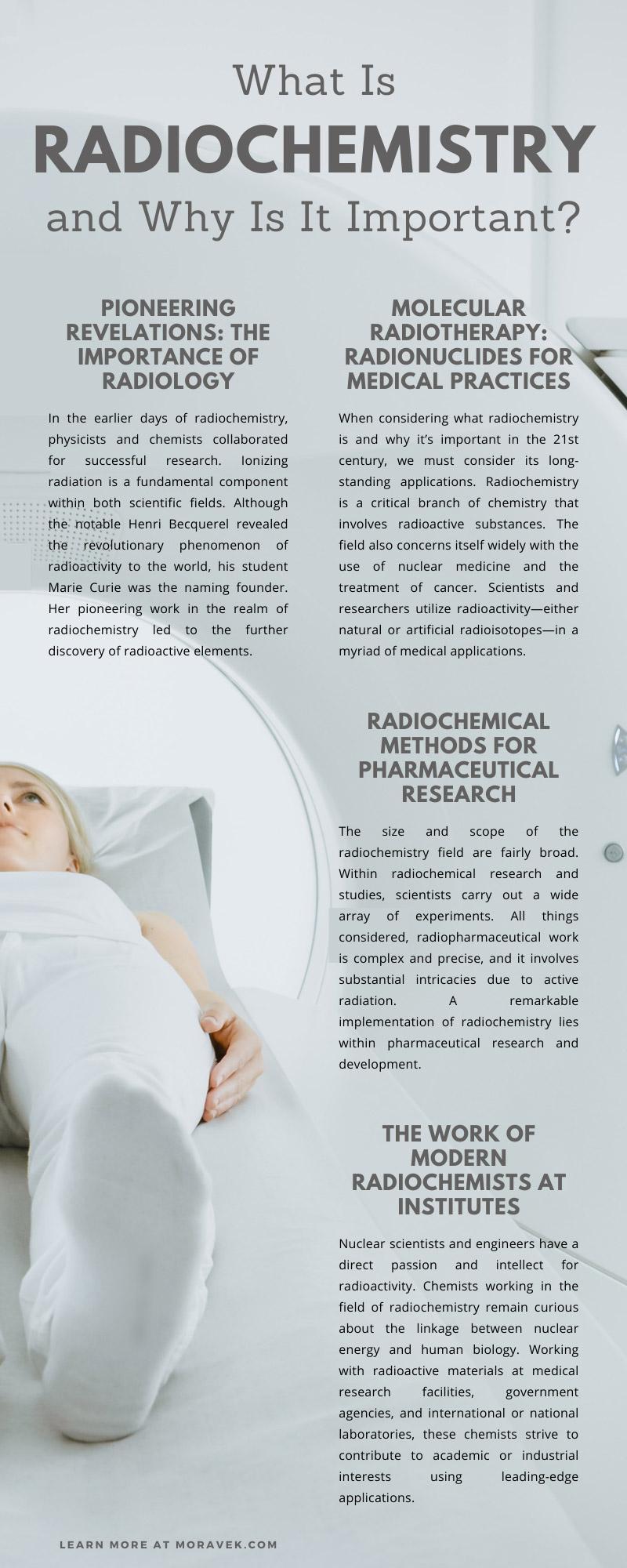
Since the onset of Homo sapiens’ time on planet Earth, humanity has sought out immeasurable methods to identify, utilize, and manipulate materials in the environmental world. The historical depictions of our most ancient civilizations and their actions analogously relates to the story of today’s most critical sciences. Early humankind used basic forms of chemistry to both create and preserve. Chemistry is the scientific study of matter and its various properties. Even with our ancestors’ limited knowledge of atoms and elements, chemistry occurred recurrently in the environment.
During the Middle Ages, chemistry was a considerably mystical and misunderstood pseudoscience. Alchemists developed numerous laboratory techniques that modern chemists use today, but these alchemists did not uncover realities that would lead to greater innovation. Rather, the inception of classical chemistry in the mid-17th century moved the study of substances toward methods of scientific investigation. Scientists have made countless discoveries since, and one such discovery is that of radiation.
Around the turn of the 20th century, Henri Becquerel—alongside the husband-and-wife duo Pierre and Marie Curie—shared the Noble Prize for the discovery of radioactivity. Since that initial identification, further discoveries in the field of radiochemistry have continuously redefined humanity’s understanding of the atom and its elements. So what is radiochemistry, and why is it important? Let’s examine this branch of science in greater detail to uncover its ultimate significance to society.
Pioneering Revelations: The Importance of Radiology
In the earlier days of radiochemistry, physicists and chemists collaborated for successful research. Ionizing radiation is a fundamental component within both scientific fields. Although the notable Henri Becquerel revealed the revolutionary phenomenon of radioactivity to the world, his student Marie Curie was the naming founder. Her pioneering work in the realm of radiochemistry led to the further discovery of radioactive elements. One such element is the extremely rare radium. Major industries no longer utilize this element today because of its dangerous radioactivity, but this climacteric finding prompted the wider use of radioactive materials in the medical field.
For the greater good of mankind, Curie’s pioneering work proved useful in the realm of radiology and nuclear imaging. During World War I, Curie applied her radioactive material expertise to assist the war effort. In the midst of her laboratory work at Radium Institute—after many of her researchers took leave for the war—she sprung a sudden realization. The precise electromagnetic radiation found within X-ray machines could assist army doctors by revealing the size and location of shrapnel and bullets within soldiers’ bodies.
In point of fact, no x-ray machines were readily available on the battlefields of France. Curie moved the innovative and lifesaving technology closer to the front lines via the innovative aid of mobile x-rays. Although she had no pragmatic experience working with x-rays as a professional, she sensibly taught herself and other women how to operate the imaging equipment. Curie set up hundreds of radiological units near hospitals to save the lives of thousands of soldiers before returning to her laboratory at the Radium Institute after the war. Her additional studies in radiochemistry and atomic elements would lead to contributory advancements in radiotherapy for years to come.
Molecular Radiotherapy: Radionuclides for Medical Practices
When considering what radiochemistry is and why it’s important in the 21st century, we must consider its long-standing applications. Radiochemistry is a critical branch of chemistry that involves radioactive substances. The field also concerns itself widely with the use of nuclear medicine and the treatment of cancer. Scientists and researchers utilize radioactivity—either natural or artificial radioisotopes—in a myriad of medical applications. Nuclear imaging is an imperative facet of medical diagnosis and the treatment for many life-threatening diseases.
Positron emission tomography—also known widely as PET—utilizes imaging radiopharmaceuticals containing a specified radioisotope. This radioisotope emits functional gamma radiation that machines detect to produce a clear medical image for analysis. PET radiotracers allow for precise patient diagnosis. This technological approach to medical diagnosis and future treatment provides both biochemical and psychological information. Details about a patient’s body would otherwise remain undetectable or unseen.
PET radiotracer production requires several complicated steps. Production begins with the manufacturing of the radioisotope within a cyclotron, follows with an automated synthesis process, and finishes with regulatory quality control standards. The process is comprehensively complex, but the results of its final application are far worth the investment. Without such technology utilizing radioactivity for the benefit of humankind, medical advancements and innovations for quick and effective treatments would remain impossible.
Radiochemical Methods for Pharmaceutical Research
The size and scope of the radiochemistry field are fairly broad. Within radiochemical research and studies, scientists carry out a wide array of experiments. All things considered, radiopharmaceutical work is complex and precise, and it involves substantial intricacies due to active radiation. A remarkable implementation of radiochemistry lies within pharmaceutical research and development.
The process of drug development is relatively lengthy and multifaceted, requiring years of thorough research and trials. From drug discovery to preclinical or clinical human trials, stable radiolabeled compounds can support each stage of the operation for target identification and drug effectivity determination. Someday, these radiochemical methods could provide potential realities for personalized medicine.
The Work of Modern Radiochemists at Institutes
Nuclear scientists and engineers have a direct passion and intellect for radioactivity. Chemists working in the field of radiochemistry remain curious about the linkage between nuclear energy and human biology. Working with radioactive materials at medical research facilities, government agencies, and international or national laboratories, these chemists strive to contribute to academic or industrial interests using leading-edge applications.
The assortment of commonly utilized radioisotopes contains differing properties, so thorough knowledge of nuclear behavior is necessary in manufacturing compounds for clinical purposes. Radiolabeling is a specialized technique requiring appropriate experience and technology for synthesis, purification, and analysis. Each radioisotope labeling project requires careful selection of a suitable label position.
Turn to Moravek for high-quality radioactive products and service solutions. Trusted by leading pharmaceutical companies and research institutions, we’re a contract manufacturing organization that produces radiolabeled compounds for medical research and clinical trials. As expert radiolabeled compounds suppliers, our radiochemistry specialists provide labeling and synthesis solutions for the specifics of your project and the scope of clinical requirements. Moravek welcomes questions concerning our services and company. Please contact us about specifications about our systems or procedures.

